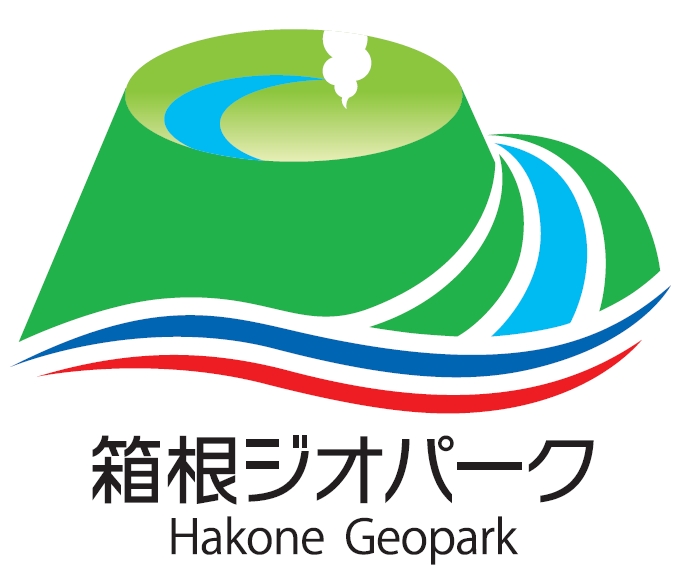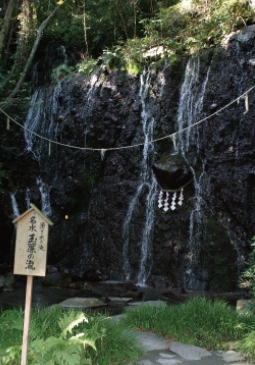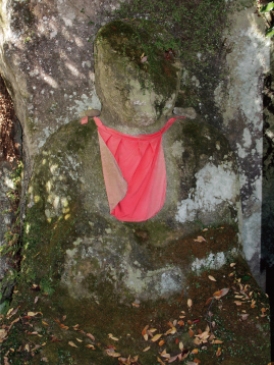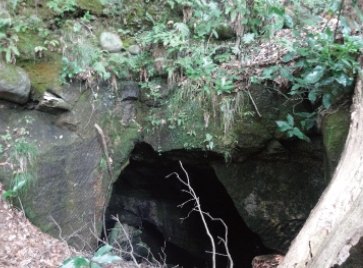Shiraishi-jizo (stone deity) got its name from being carved into stratum commonly called “Shiraishi (white stone)”. Shiraishi (official name: Hayakawa Tuff Breccia) contains much pumice. It is a white and soft stratum from the time previous to when Hakone Volcano became active (about 4 million years ago). This stratum is volcanic ash and other volcanic ejecta that accumulated on the bottom of the sea and then protruded out. This Jizo has been presumed to be a work from the Kamakura Period. There are Hokyointo (pagoda), Gorinto (pagoda), Soto (pagoda), etc., carved with the inscription, Ryakuo year 2 (1339), around the area and many medieval stonework remaining here. In recent times in the Yumoto region, this Shiraishi was used in buildings and this can be seen in the outer walls of the Fukuzumi Ryokan.

Tamadare-no-taki Falls
On top of the bedrock of Hakone volcano (Sukumogawa andesites; about 4 million years ago) that water has difficulty passing through is lava that passes water easily (Previous central cone lava; about 130 thousand years to 80,000 years ago) overlap.
In between these 2 layers water flows through for a beautiful falls like “Tamadare (bead curtains)”
Shiraishi-jizo (Shiraishi Stone Deity)
Shiraishi-jizo (Shiraishi Stone Deity)Hakone Volcano of the middle ages was regarded as hell with its steep mountains and rising fumes. For this reason, the Jizo faith spread in the Hakone Mountains. The Shiraishi-jizo is near the Hakone Yumoto Station and was carved as a Buddha to protect travelers and is a town designated historical site.
Every year in early April, there is a festival that is held to worship the Jizo.
Quarry and Old Hayakawa
This is the remains of the quarry used to mine for Shiraishi (Hayakawa Tuff Breccia). Above the holes, gravel from the old riverbed of Hayakawa River (debris and stones of the riverbed and sediment flow) can be seen. When looking at this, you can see that in the past, the Hayakawa River flowed several 10s of meters above where it is now.
The Fukuzumi Ryokan (Fukuzumi Inn)
It is a long-established inn, founded in Kanei year 2 (1625). Many writers such as Kido Takayoshi, Itō Hirofumi and Fukuzawa Yukichi have visited here.
The old building was designated as the first Ryokan Architecture National Important Cultural Asset
The building that was built as quasi-western architecture used Shiraishi in its outer wall.




